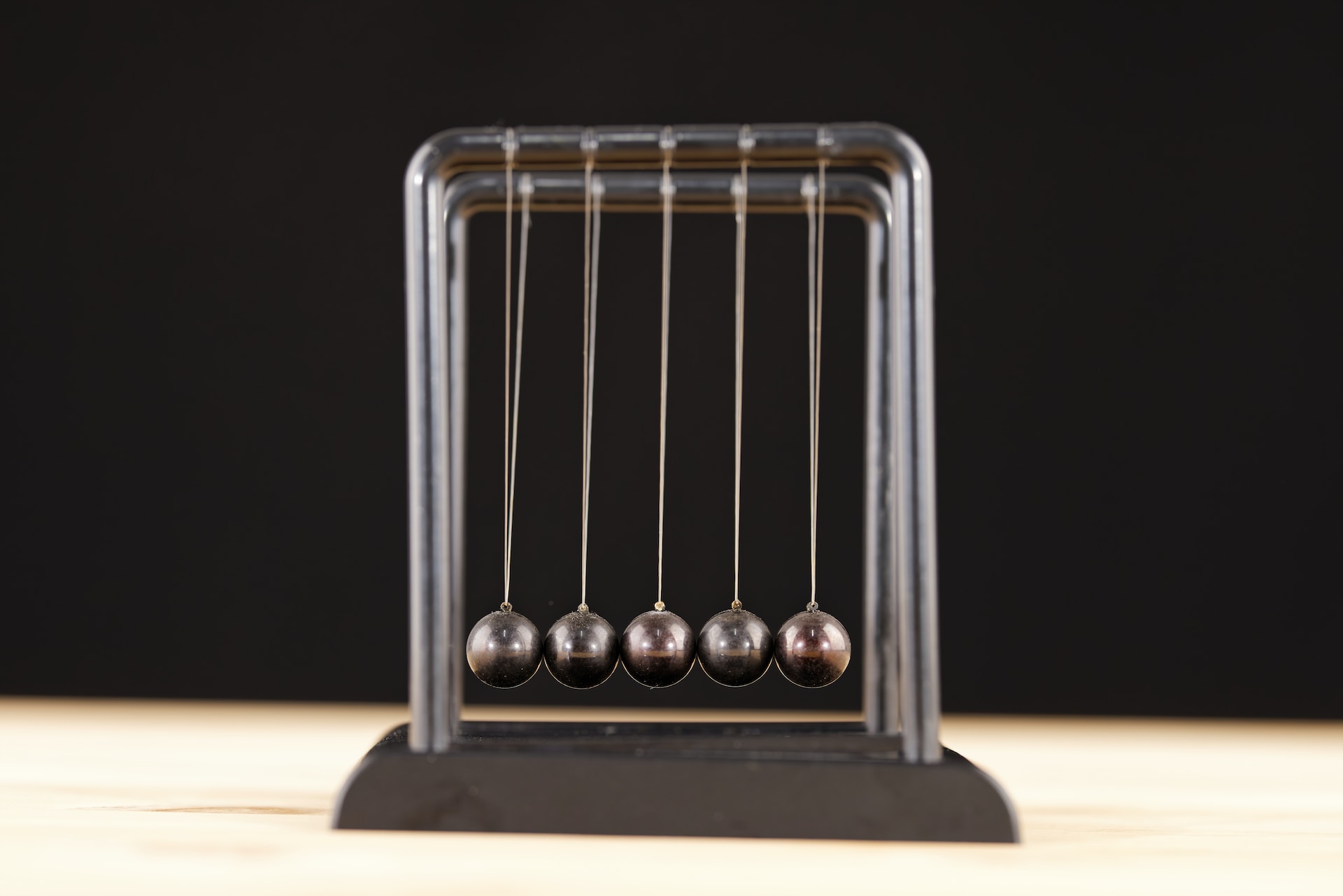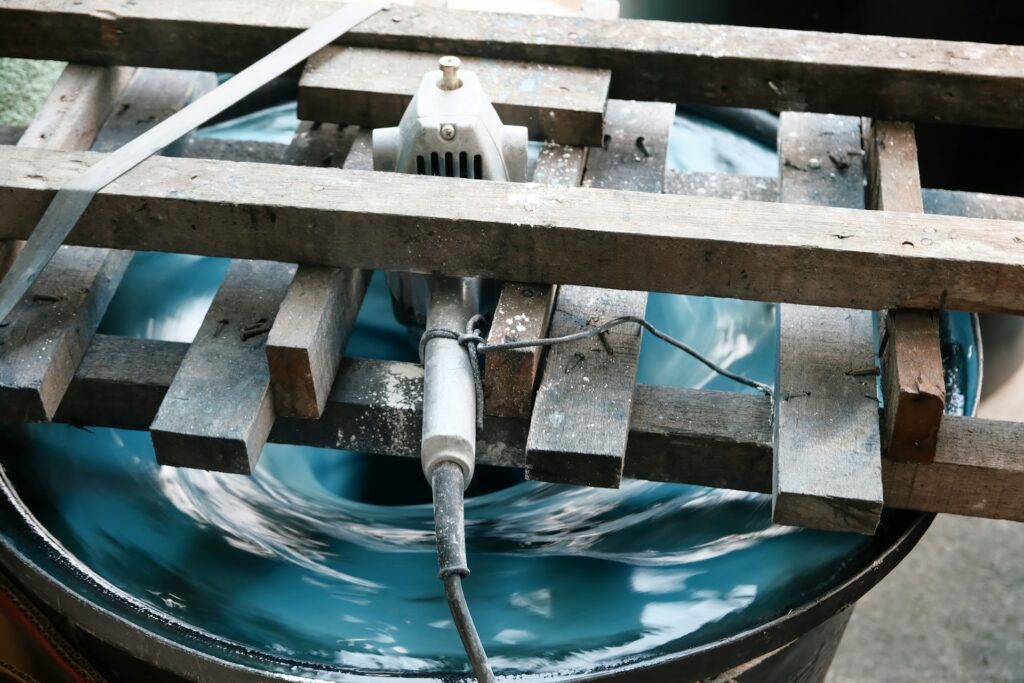Integrated rate laws are essential tools in chemical kinetics, offering a quantitative lens to view how reactant concentrations change over time. These laws vary with the reaction order:
- Zeroth Rate Law or Zero Order Reaction
- First Rate Law or First Order Reaction
- Second Rate Law or Second Order Reaction
Each of the above rate laws provide a unique insight into reaction dynamics.
Half Life Definition
The half life which we derive from those integrated rate laws , is the time it takes for the concentration of reactants to fall to half.
The Integrated Zeroth-Order Rate Law
The integrated rate law for a zeroth-order reaction is expressed as:
[A]t = -kt + [A]0
- [A] is the concentration of reactant A at time t.
- k is the rate constant for the reaction.
- [A]0 is the initial concentration of reactant A at t=0.
Zeroth order reactions are quite unusual as the rate is independent of the concentration of reactants, i.e. Rate = k.
Where Can Zero Order Reactions be Found in Real Life?
Zero order kinetics are usually found where the surface area of a heterogenous catalyst is the main factor controlling the rate.
An example where Zero Order Reactions can be found in real life is within the Haber Process where the decomposition of NH3 is done in the presence of Tungsten or Molybdenum.
How To Derive Half Life Equations for A Zero Order Reaction
To derive the half life equation for a zero order reaction the following can be done:
Question: Consider a zeroth-order reaction with an initial concentration of a reactant A, [A]=0.50 , and a known rate constant k=0.10 M/s. Calculate the half-life of this reaction.
Answer: The half-life of a zeroth-order reaction can be calculated using the formula: t1/2=[A]0 /2k (as shown above)
Given that [A]0=0.50 M and k=0.10 M/s , we can substitute these values into the formula: t1/2 =0.50M/(2×0.10 M/s)
to give an answer of t1/2 = 2.5s
Therefore, the half-life of this zeroth-order reaction is 2.5 seconds
The Integrated First-Order Rate Law
The integrated rate law for first order reactions can be written in two formats :
- Exponential Form of the Integrated Rate Law: The exponential form is expressed as [A] = [A]0e−kt.
- Here, [A] is the concentration of reactant A at time t.
- [A]0 is the initial concentration of reactant A at t=0.
- k is the rate constant
- This equation predicts that the concentration of A will decrease exponentially over time.
- Logarithmic Form of the Integrated Rate Law: By taking the natural logarithm of the exponential form, we can rearrange it to obtain the logarithmic expression: ln[A]=ln[A]0 −kt
- This is another way of expressing the relationship between the concentration of A and time t, where ln denotes the natural logarithm.
Both forms are useful for different purposes: the exponential form can be used for predicting concentrations at any given time, while the logarithmic form is particularly useful for finding the rate constant k and for plotting data to determine reaction order.
Plotting A First Order Rate Reaction
When plotting the natural logarithm of the concentration of reactant A, denoted as ln[A], against time (t), the resulting graph is a straight line. This line has a slope of -k (the negative rate constant) and an intercept equal to ln[A]0, which is the natural logarithm of the initial concentration of reactant A.
Deriving Half Life Equations of First Order Chemical Reactions
The half life is how long it takes for the concentration of reactants to fall to half, you can derive the half life equation for first order using the integrated rate law as such :
Thus, for a first-order reaction, each successive half-life is the same length of time and is independent of [A] as shown below:
Question on first order chemical reactions :
Question: Determine the half-life of a first-order chemical reaction where the rate no constant is 0.0011 s-1?
Answer: You simply divide 0.693 by 0.0011 as indicated in the first order half life equation t1/2 = 0.693/k
The Integrated Second-Order Rate Law
The integrated rate law for a second-order reaction can be expressed as: 1/[A] = kt + 1/[A]0.
- Here, 1/[A] represents the inverse of the concentration of reactant A at time t.
- k is the rate constant for the reaction.
- 1/[A]0 is the inverse of the initial concentration of reactant A at t=0.
This equation predicts that the inverse of the concentration of A increases linearly over time.
Plotting and Interpreting A Second Order Reaction
When plotting the inverse concentration 1/[A] against time t, you will obtain a straight line.
The slope of this line is the rate constant k, providing a direct measurement of the reaction rate.
The intercept on the y-axis is 1/[A]0, representing the inverse of the initial concentration.
Deriving half life equation for second order rate law :
As concentration decreases, the half life of second order reactions increases.
Question for second order rate law
Question: The reaction 2NOBr(g) → 2NO(g) + Br2(g) is a second order reaction with
respect to NOBr. k = 0.810 M-1s-1 at 10°C. If initial concentration of NOBr = 7.5 × 10-3 M, what quantity of NOBr remains after a reaction time of 10 minutes?
Answer: The integral for a second order reaction is 1/[NOBr] = kt + 1/[NOBr]0
1/[NOBr] = 0.810*600 + 1/ 7.5*10-3
[NOBr] = 1.62 * 10-3 M
Adrian graduated with a Masters Degree (1st Class Honours) in Chemical Engineering from Chester University along with Harris. His master’s research aimed to develop a standardadised clean water oxygenation transfer procedure to test bubble diffusers that are currently used in the wastewater industry commercial market. He has also undergone placments in both US and China primarely focused within the R&D department and is an associate member of the Institute of Chemical Engineers (IChemE).


